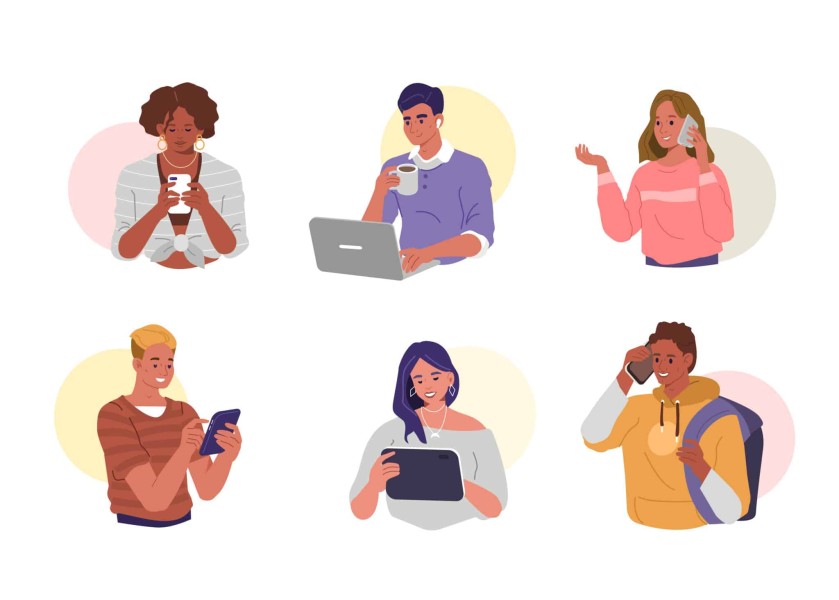
Originally published in Association Forum’s FORUM Magazine, April, 2023
Associations often struggle to tell their story in a way that people can easily understand what they do and why it matters. Many nonprofits face the same challenge, but there’s a solution: user personas.
User personas are a representation of your association’s top-priority audiences, based on research, data, and conversations. They give you a clear picture of your audiences’ demographics, behaviors, goals, and pain points, as well as how these audiences engage with the association. This knowledge can help you communicate with each segment effectively, create relevant and meaningful content, attract new audiences, and improve member retention rate.
For starters, personas allow you to connect with your audiences on a personal level and understand their needs and pain points, Kristian Alomá, Founder and CEO of Threadline, an organization that uses narrative psychology to develop association personas, points out: “It’s often an empathy exercise: Who are these folks and why do we care about them?”
Personas also help you see your association from different perspectives. Hilary Marsh, Chief Strategist at Content Company Inc., suggests associations go beyond the obvious audiences and “shift their perspective from inside-out to outside-in.”
Brian Haney, Founder and CEO of The Haney Company, a financial services provider for associations, also sees user personas as a way to stand out in the digital economy: “The best marketing is about customization and hyper personalization.”—and user personas help you do just that.
He also points out that personas can create a better connection to your ideal member—the people you really want to reach—“by creating a meaningful two-way communication that you can build on, recognize and honor.”
Data plays a crucial role in developing user personas. By gathering data from member profiles, surveys, website and social media analytics, you can create a more accurate representation of your membership. Reach out to your volunteers or other connected members and ask them questions. And if you haven’t already, start collecting data, create a baseline, and provide a framework.
Haney also shared a specific example of how data assisted in creating user personas for his company’s podcast. By doing a detailed study of their ideal listener, they determined specific topics and most importantly, discovered a 37-minute podcast is ideal for their listeners who are commuting to work.
But as Alomá explains, data doesn’t provide the whole picture: “Personas take elements of qualitative data, but weave it together with storytelling, imagery and anecdotes to create a more complete and specific picture of members.”
If you’re just getting started with user personas or looking to make them more effective, here are some best practices to follow:
By developing effective user personas, your association can better connect with your ideal members. Wherever you are in your user persona process, step back and remember why you started. As Alomá reminds us, “When you have a clear sense of who members are and can express it in an evocative way, you are going to serve them better.”
Want more branding and marketing tips and resources for your nonprofit, association, or other mission-focused organization? Join my monthly email list—plus get my free Nonprofit Branding Checklist.